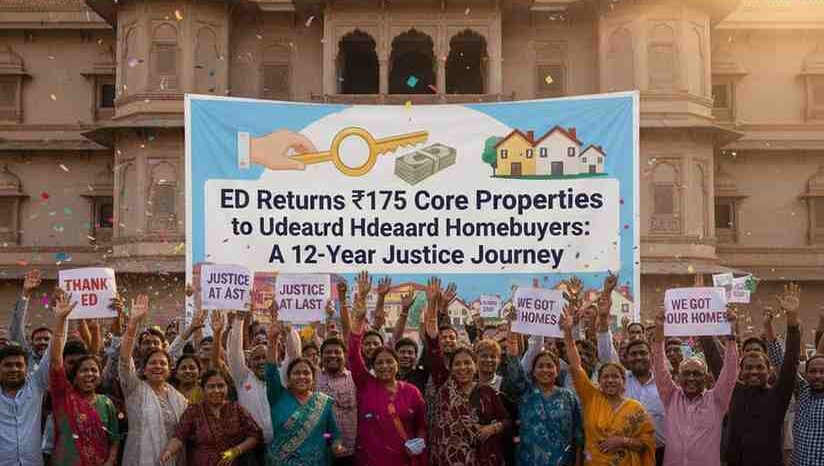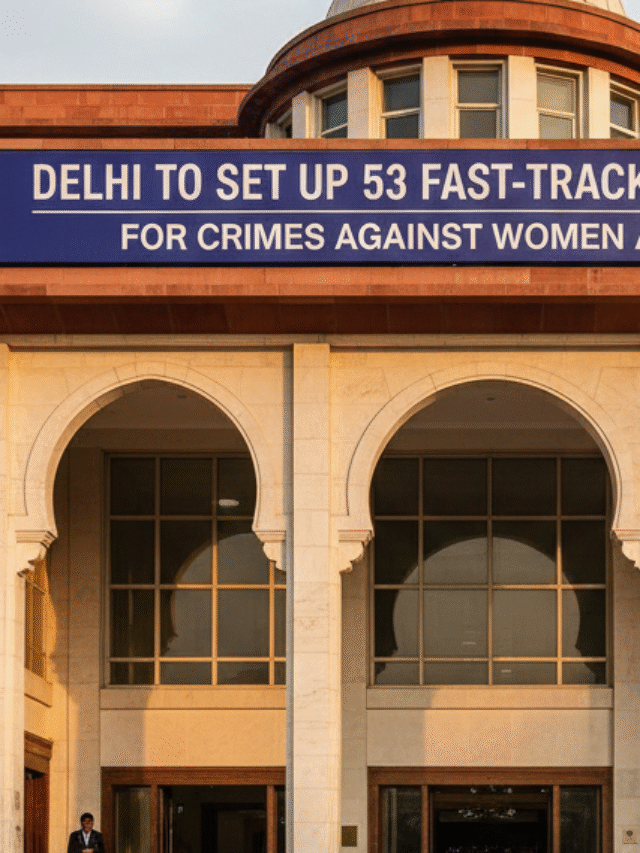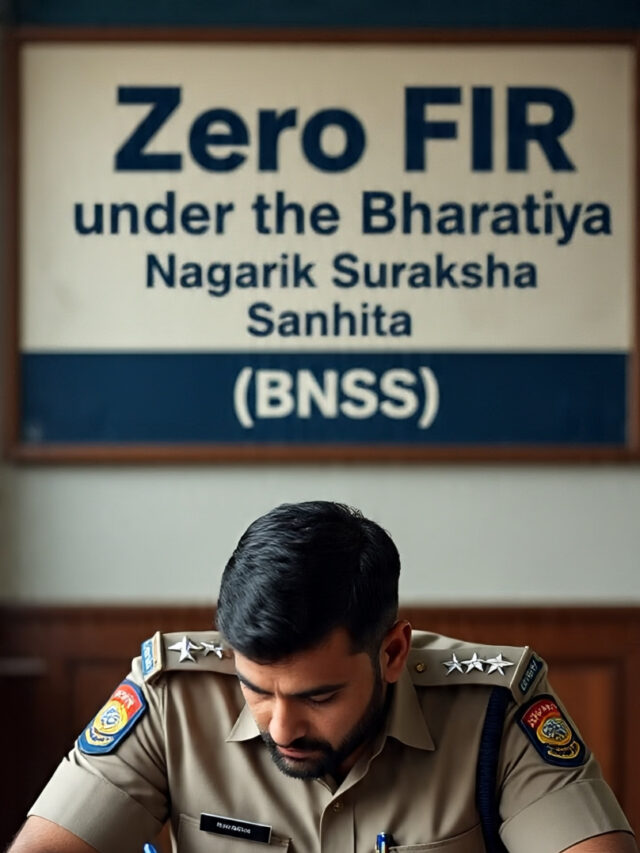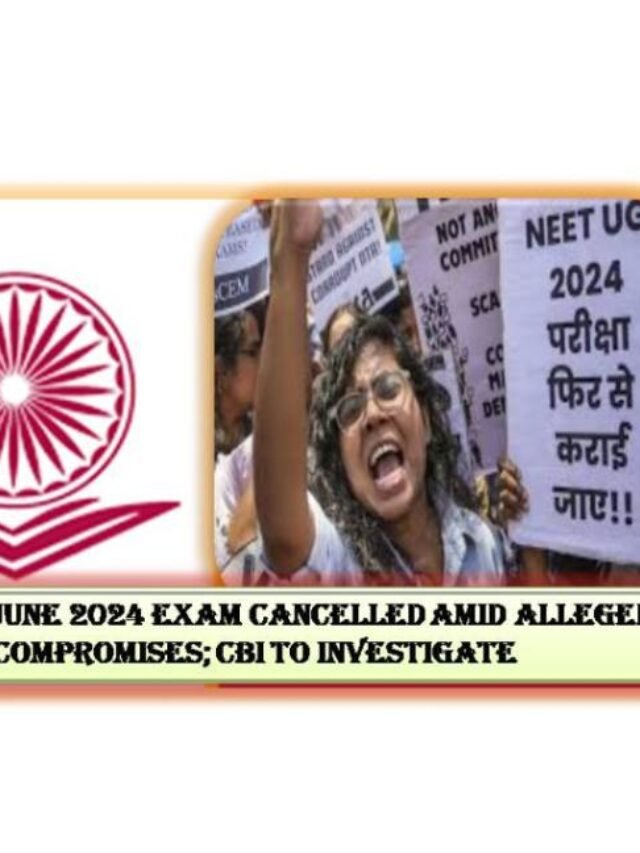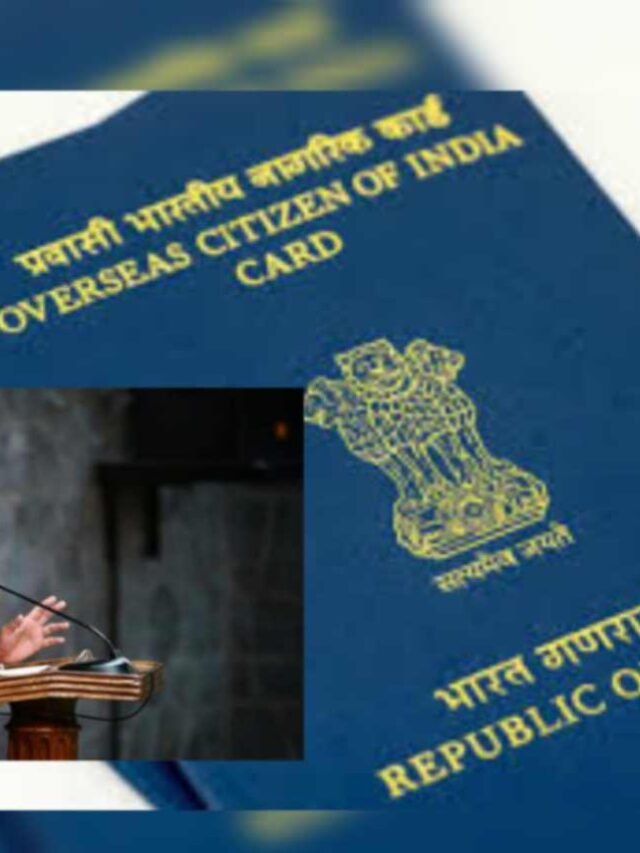The Enforcement Directorate (ED) returns ₹175 crore worth of Royal Rajvilas properties to 213 Udaipur homebuyers after a 12-year legal battle. Learn how the Supreme Court and PMLA enforcement ensured justice for victims of a ₹1,267.79 crore real estate fraud.
Introduction
After a prolonged 12-year wait, Udaipur homebuyers have finally received justice. The Enforcement Directorate (ED) has returned properties worth ₹175 crore to 213 genuine buyers of the Royal Rajvilas project. This decision follows a Supreme Court ruling on October 10, 2025, ensuring the restitution of flats, commercial units, and plots that had been seized under the Prevention of Money Laundering Act (PMLA).
The move marks a significant milestone in the enforcement of economic laws in India, balancing the rigor of anti-fraud regulations with the rights of innocent investors.
Background of the Royal Rajvilas Case
The Royal Rajvilas project in Udaipur was mired in controversy after buyers partially paid for properties but were unable to take possession. The original developer orchestrated a massive ₹1,267.79 crore fraud, defrauding hundreds of homebuyers.
Authorities invoked the Prevention of Money Laundering Act (PMLA), treating the properties as ‘proceeds of crime’, and attached them. This left thousands of buyers in uncertainty, waiting over a decade for any resolution.
Supreme Court Intervention
The turning point came when the Supreme Court of India intervened on October 10, 2025, ordering the ED to verify claims of genuine buyers. This was crucial because while PMLA ensures strict action against fraud, it also protects innocent parties from being penalized for the crimes of developers.
Following the ruling, the ED conducted a thorough verification process, confirming the legitimacy of claims from buyers who had invested in the project but were denied possession.
Properties Restituted
The ED’s recent action returned a total of ₹175 crore worth of properties to 213 homebuyers, including:
- 354 residential flats
- 17 commercial units
- 2 plots
These properties were handed back after issuing a No-Objection Certificate (NOC) to ensure smooth legal transfer to the rightful buyers. This restitution not only compensates buyers financially but also restores faith in regulatory enforcement mechanisms in India.
Significance of the Decision
- Justice for Buyers: Ending a 12-year ordeal, buyers can now finally occupy their homes or utilize their commercial spaces.
- Balanced Law Enforcement: The ED demonstrated how laws like PMLA can target fraudsters without harming innocent investors.
- Investor Confidence: Such measures strengthen trust in India’s real estate market and regulatory frameworks.
- Precedent for Future Cases: It establishes a legal benchmark for returning properties to genuine buyers affected by financial crimes.
FAQs
Why were the properties attached by the ED initially?
The properties were attached under the Prevention of Money Laundering Act (PMLA) because they were deemed the proceeds of a ₹1,267.79 crore fraud by the Royal Rajvilas project developer
How long did buyers wait for restitution?
Buyers waited 12 years from the time the project stalled and the properties were attached.
What types of properties were returned?
The ED returned 354 flats, 17 commercial units, and 2 plots to the verified genuine buyers.
What role did the Supreme Court play?
The Supreme Court directed the ED to verify claims and facilitate restitution, ensuring innocent buyers were not penalized for the fraud.
Conclusion
The ED’s action in returning ₹175 crore worth of Royal Rajvilas properties demonstrates that law enforcement and justice for citizens can go hand-in-hand. After 12 years of uncertainty, 213 homebuyers in Udaipur can finally reclaim what was rightfully theirs. This landmark decision is not just a win for the affected buyers but also a testament to India’s commitment to protecting innocent investors while combating large-scale financial fraud.

